In pictures: New Build's East London studio
Hot Chip members Al Doyle and Felix Martin show you their recording space
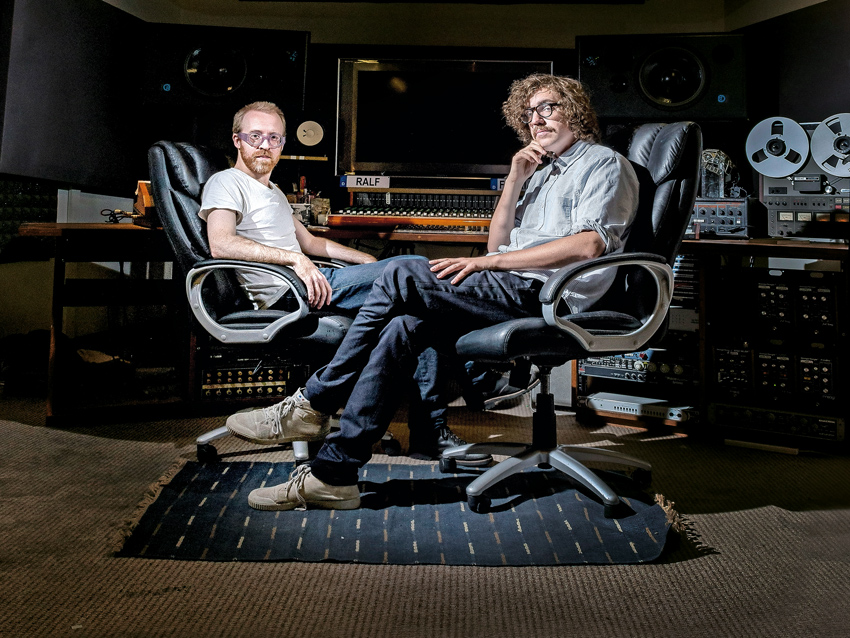
Welcome
You probably recognise Al Doyle and Felix Martin. Multi-instrumentalist (and shorter-haired) Doyle and keyboardist/programmer (and curly-haired with groovy ’tache) Martin have spent the last ten years or so with Grammy-nominated electronic A-listers, Hot Chip.
Mates since uni and based in a pleasantly scuzzy studio in uber-hip East London, the duo also operate as New Build, releasing their critically acclaimed debut album, Yesterday Was Lived And Lost, in 2012. That was followed by a string of live shows - the Hot Chip connection and Doyle’s time with LCD Soundsystem guaranteed plenty of interest in the US - and a second album, Pour It On, was released at the end of last year.
With the album out of the way, Doyle and Martin invited us down to the studio for a natter about their weird collection of acoustic nick-nacks and analogue treasures.
“There’s a double bass hiding in here somewhere,” Doyle tells us. “A 303 and a 606. And a giant drumstick! I’ll admit that not everything gets used every day, but it’s nice to know things are there if we need them.”
“If we can find ’em,” adds Martin with a grin. “That’s one of the joys of having a place like this,” says Doyle. “We’ve got the space to keep all kinds of stuff. You forget about them for a couple of years, then it’s, ‘Wow, there’s a steel drum here. What can we do with this?’”
For the full interview with New Build, check out Future Music issue 290, which is on sale now.
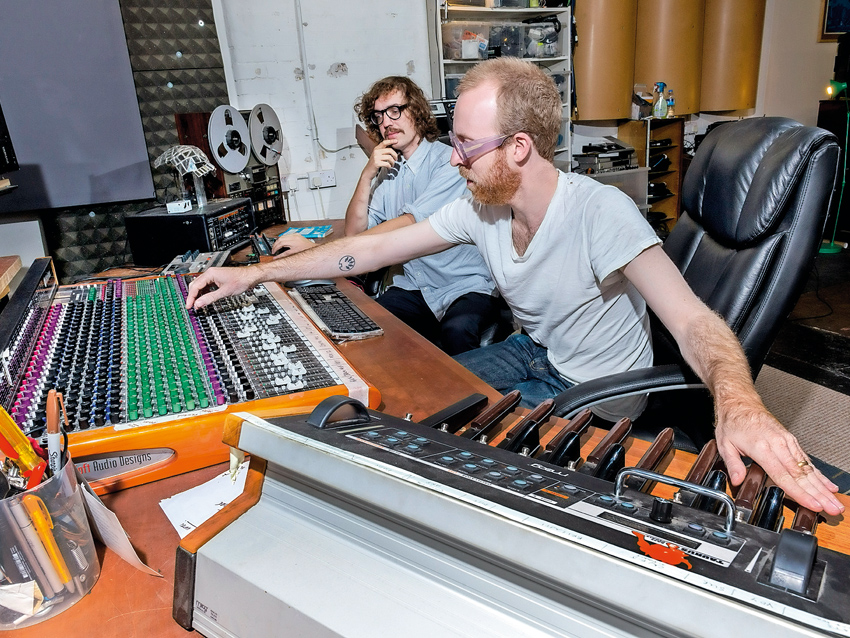
Analogue gear
Felix: “I think we always wanted to keep it analogue-ish. Don’t get me wrong, there’s a lot of digital stuff that goes on in here - everything is tracked in Ableton, a lot of the dynamics are handled onboard - but there’s something about that analogue recording chain that makes music fun.
“I guess what we’re trying to say is that we’re not prescriptive, evangelical, analogue audiophiles - which can be quite dangerous.”
Al: “I come from a background of playing real musical instruments and that’s what gets me excited. Buying a real piano gets me excited.”
Felix: “But we still do strange digital things with it. Al would play a part on it, then I’d do a MIDI export of the audio using Melodyne and use that to play something on the Prophet 5s.
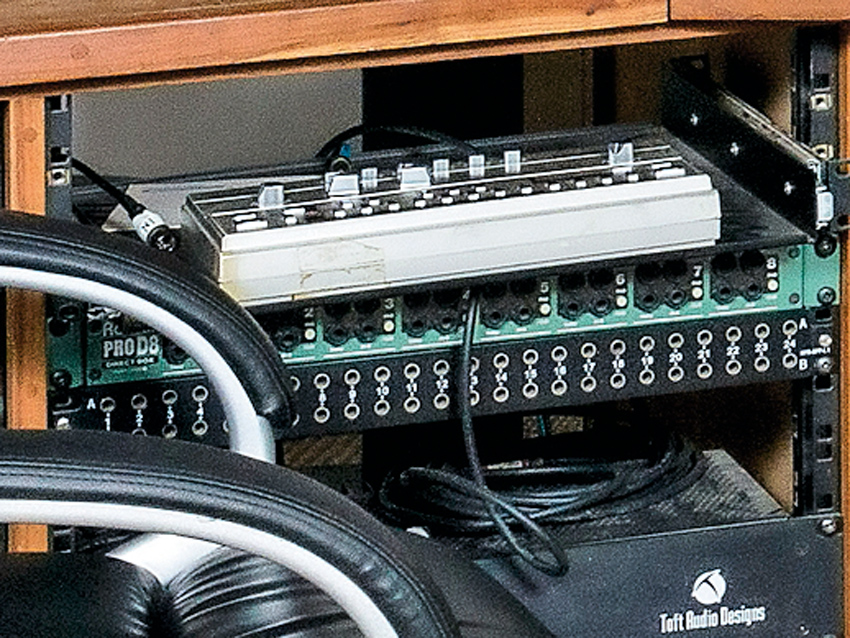
Roland TB-303 and TR-606
Felix: “The 303 (above) came from the VEMIA auction. Have you been on there? I love it, but it’s a very easy way to spend a lot of money! This used to belong to [very out-there ’80s band] Coil. Both of us have learned how to program it, but unless you’re playing around with it every week, you always end up forgetting how it works. It’s the same with the 606.”
Al: “Tell him about the bloke you bought the 606 from.”
Felix: “Oh, yeah. Again, that was a Loot purchase. I spoke to this bloke and agreed to meet him. He gave me this address right in the banker bit of London… right in the City. He came out of this swanky office, dressed in an amazing suit with the original scruffy, silver, Roland satchel across his shoulder. He looked a bit sheepish when he handed it over to me. I reckon it was a bit of his past that none of his colleagues knew anything about. It wasn’t relevant to who he was in this modern age
“I’d love to get the 808 and 909, too, but I have to rely on the Goldbaby samples. We did have Joe’s 808 down here for a while and it sounded incredible. What I really love to do with machines like the 303, 606 and 808 is leave them running for a whole song, even if it’s just playing the same loop all the way through. Because it’s analogue, you get these tiny variations through the song - a difference in sound or a slight change of tempo.”
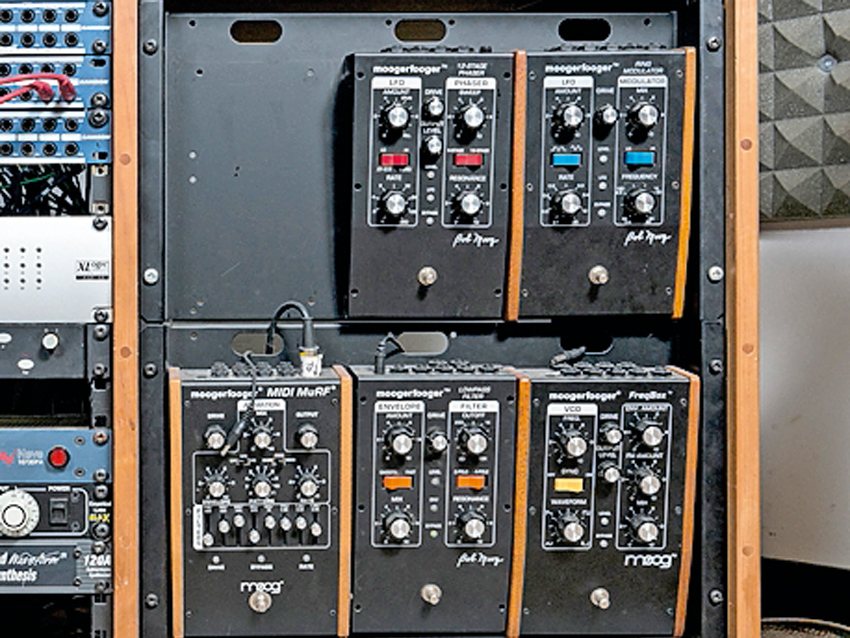
Moog Taurus T3 and Moogerfooger pedals
Al: When I was with LCD Soundsystem, I used to play bass from a Taurus 1. It went through four 15-inch Ampeg cabs and a Crown 2400 power amp… it was like a separate PA! Ever since then, I’d wanted one and, a couple of years back, we happened to be playing a gig near the Moog headquarters in Asheville. We got in touch and they let us have a bunch of stuff at cost price; we chose this [Taurus T3] and a few Moogerfoogers (pictured above).
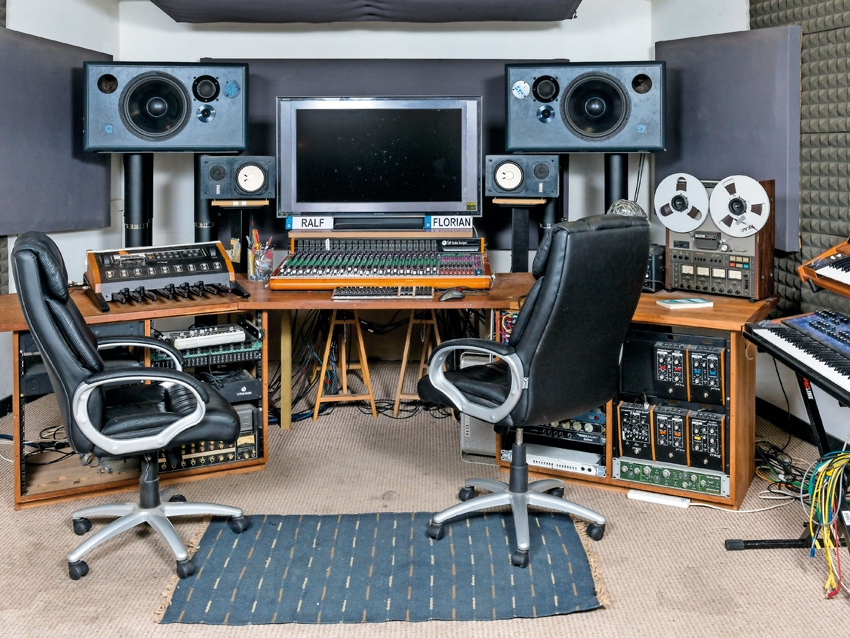
Ableton Live
Al: “I’m not sure that everybody approves of tracking in Ableton; there are vague mumbles about it not sounding as good as the other platforms.”
Felix: “That doesn’t bother me in the slightest. The results we get are fantastic and there are no limitations. We have met with the Ableton guys a couple of times and I was always impressed by how on the ball they were… always looking to make it better. They asked me what features I’d like to see and, a few months later, there they are. I’m not sure if it was down to me, but I love all the dual-screen stuff and the sidechaining.
“And now you’ve got the Max bits and bobs. Just something like the controllability of the LFO lets you take things to another level. It’s almost like having a modular system.”
Future Music is the number one magazine for today's producers. Packed with technique and technology we'll help you make great new music. All-access artist interviews, in-depth gear reviews, essential production tutorials and much more. Every marvellous monthly edition features reliable reviews of the latest and greatest hardware and software technology and techniques, unparalleled advice, in-depth interviews, sensational free samples and so much more to improve the experience and outcome of your music-making.


